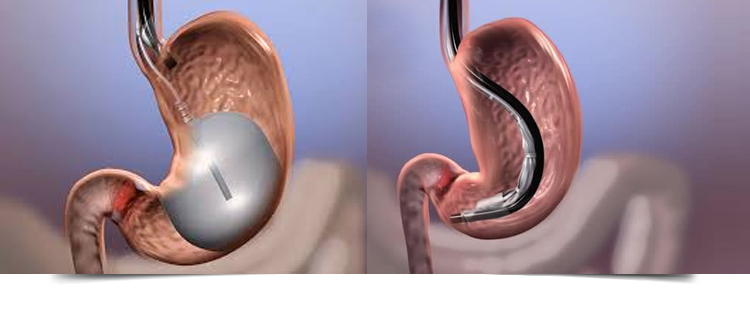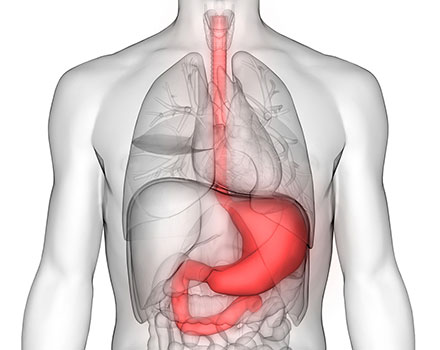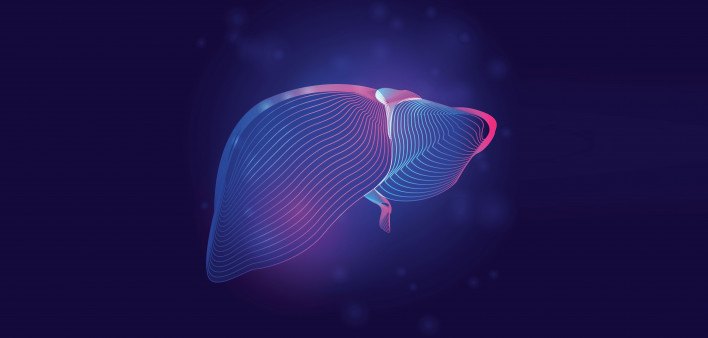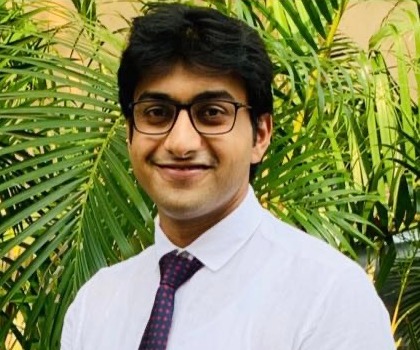Cystogastrostomy is a surgery to create an opening between a pancreatic pseudocyst and the stomach when the cyst is in a suitable position to be drained into the stomach. This conserves pancreatic juices that would otherwise be lost.
This surgery is performed by a pancreatic surgeon to avoid a life-threatening rupture of the pancreatic pseudocyst.
Symptomatic pancreatic pseudocysts are an indication a cystogastrostomy needs to be performed. Pancreatic pseudocysts are chronic collections of pancreatic fluid encased by a wall of nonepithelialized granulation tissue and fibrosis.
They can be caused by leakage of the pancreatic duct, or as a result of inflammatory pancreatitis. Symptoms of this include abdominal bloating, difficulty eating and digesting food, and constant pain or deep ache in the abdomen.
A lump can be felt in the middle or left upper abdomen if a pseudocyst is present. To further diagnose a pancreatic pseudocyst an abdominal CT scan, MRI or ultrasound can be used. Emergency surgery may need to be performed if there is a rupture of the pseudocyst.
This can be detected from symptoms of bleeding, shock, fainting, fever and chills, rapid heartbeat, or severe abdominal pain.








